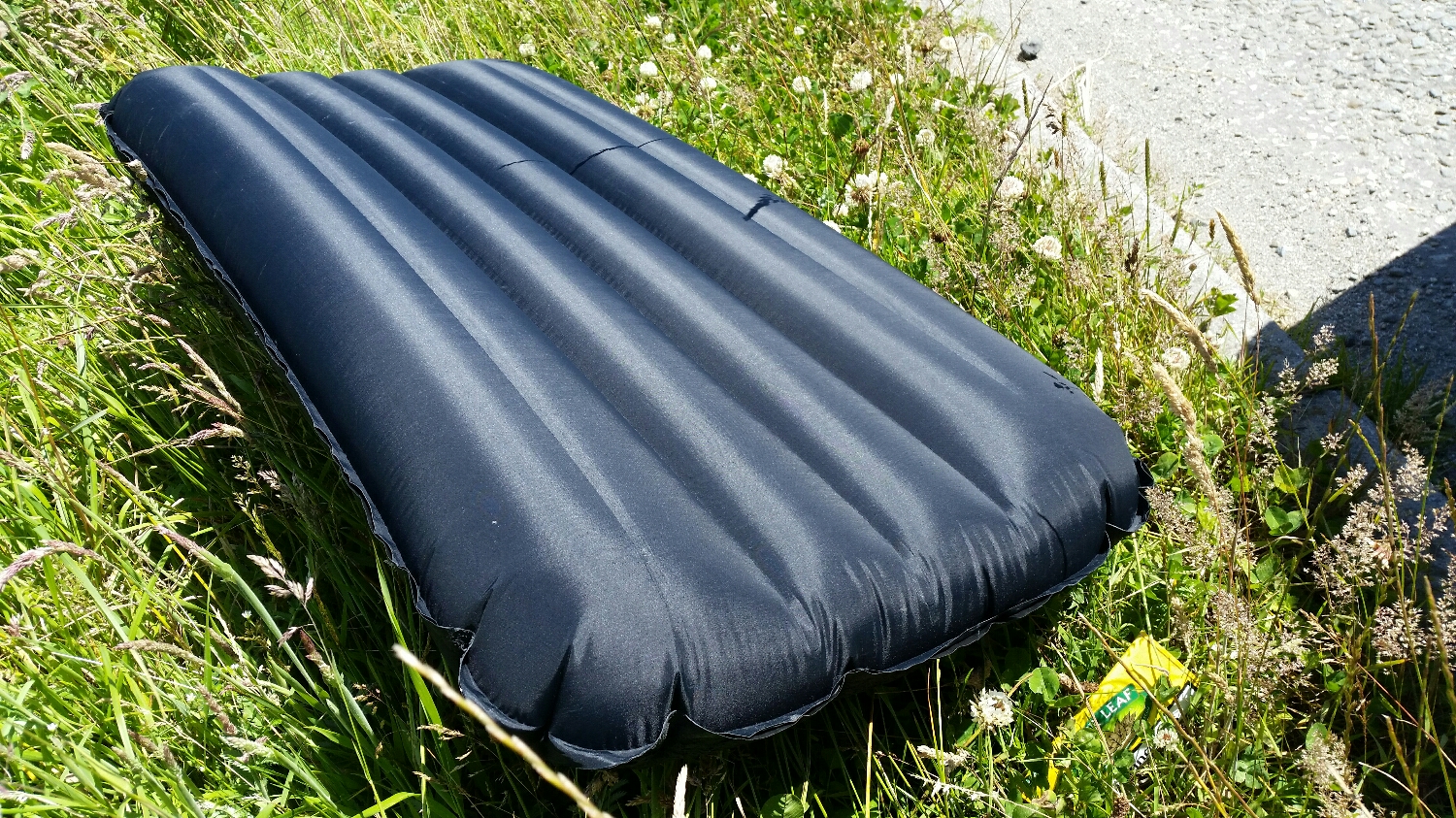The idea of negative rocker can seem counter intuitive and it is certainly a rare build but it gives a very quick mat by producing additional lift (I think in large part due to keeping more of the bottom in contact with the water). What's more, the rocker profile helps when catching waves so mats with negative rocker can get going earlier.
The potential problems with the design are clear of course. Mats with negative rocker are less inclined to naturally want to turn up on the rail and there is always the risk of catching a rail and unexpected instantaneous pearling is far from unheard of! Rounding front corners can help with that but they can become sticky, negating the point of having a negative rocker in the first place. The advantage of surfmats over other craft is their malleability of course and surfers can manage the outer front corners to deal with these issues.
It's certainly not a design for everyone, but is an interesting, fast option for those who are happy to put the work in.
FREE ROCKER
Saving the best 'til last? Maybe...
I've coined the name "free rocker" after some reflection on the characteristics of mats that I've built over the years. Free rocker is essentially a flat rockered mat but with elastic top and bottom skins. The majority of mats that I have built have had elastic decks and bottoms because I have not always restricted the elasticity. I'll be honest, this was incidental initially, rather than a deliberate decision on my part.
As I have said, at rest a mat with a free elastic rocker will be flat, even at higher inflations. The difference between free and flat rocker though, is that free rocker can stretch either way to produce a smooth positive or negative rocker when needed. At times this will be because the surfer has chosen to put it in, eg on a bottom turn or pressing down on the nose to get into a wave or over a flat spot. At other times, the mat will develop a positive/negative rocker (or both) of it's own accord because it just needs to. The wave and mat kinda get together and agree!
The more I think about free rocker, the more I think it is probably more "surfmat" than any of the above three because it is the only one that is completely unrestricted. That is not to say that it's always the best bet but fans of surfmat magic just have to dig it, right?!
At the end of the day, the decision on what's best will be down to the surfer, the waves they ride and where the mat sits in a quiver.
Lots to think about though.
G


